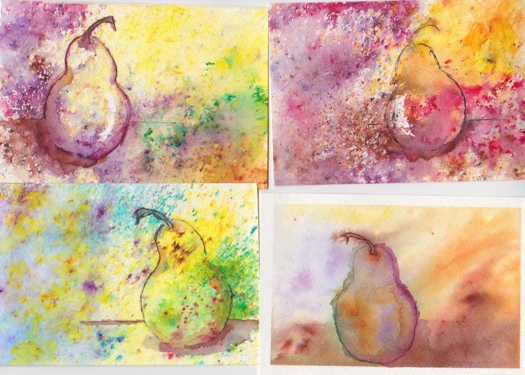You own the business, you have to have clients. Find them, nurture them, and sometimes humor them. But there are also roads I won’t take for the sake of my coaching clients. This week, I’ve had some specific questions, some of them twice. So it’s time to review the underlying ideas to my coaching set up.
1. Coaching is done over the phone or Skype. I won’t go to your house, have you come to mine, or meet you half way. The reasoning behind this is simple: I was trained to coach over the phone. To listen. To not be distracted by facial expressions, which often are done to mask real emotions. I also take notes and people often get distracted by that. “What are you writing down?” “Can I see your notes?” And the conversation shifts from you to note-taking.
2. No in-person coaching means financial savings for you. If I have to drive to meet you, be there early, coach, then drive home, I’m going to have to charge you for that time. One of my goals for coaching has always been to keep the price of sessions reasonable. Once I start driving, that can’t happen anymore. And frankly, a lot of my coaching is international. And the commute’s really boring.
3. You will phone me for the appointment. When you phone me, I know you are ready, that you have put aside time to pay attention. That your heart is fully in it. If I phone you, you will still be eating, won’t have thought about the session, or ask me to phone back “in a few minutes.” I know, this used to happen.
4. Ask and sign up on your own. I won’t coach your friend, your spouse, or your child because you want me to. Unless the client talks to me directly, coaching is not a good idea. Coaching isn’t a spa day. It’s a soul-deep, life-changing experience. And you can’t make someone else have that.
Having these rules in place creates an amazing combination of heart-and-soul concentration and results. I don’t want to coach people who are lukewarm, vague or not really interested. I want to dig in with people who are aware, alive, and stuck. Who have hit a wall, can’t find their way around an obstacle, or can’t find what they know is there. People who want to work hard to build what they have always wanted. For those people, I will pay full attention, give you all my power and charge up your life. I think it’s smart to have the rules; you will, too.
Read more about coaching with Quinn.
—-Quinn McDonald is a certified creativity coach.

























